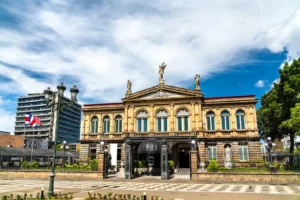
National Theatre of Costa Rica: A Cultural and Historical Gem of the Country
The National Theatre of Costa Rica: history, neoclassical architecture, and cultural programming that make it a heritage symbol of the nation.
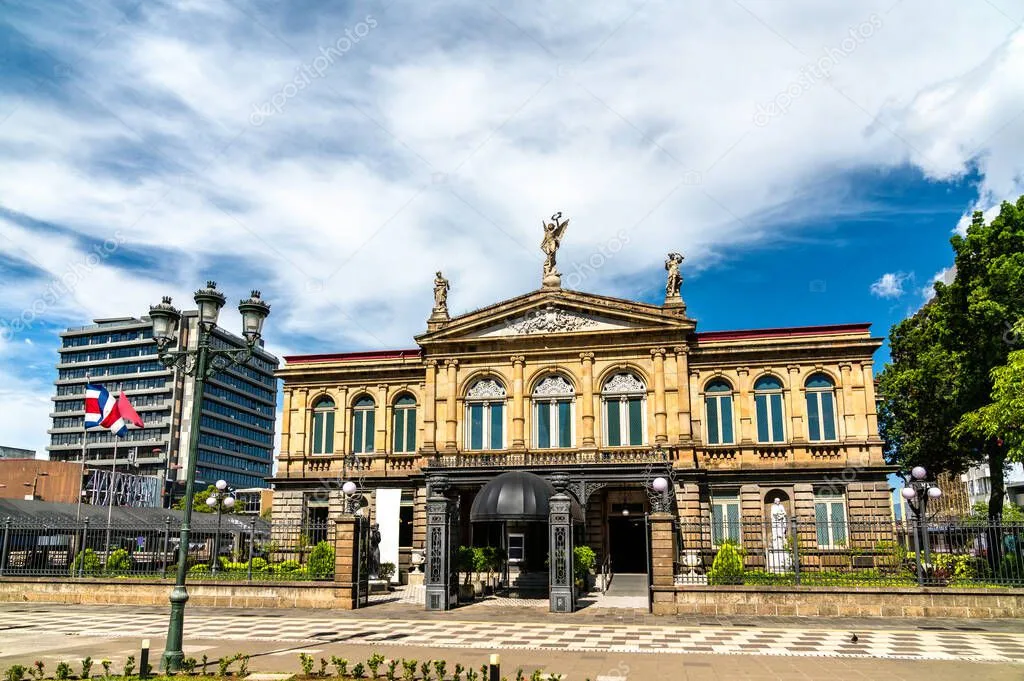
Portada » National Theatre of Costa Rica: A Cultural and Historical Gem of the Country
The idea of building a national theatre emerged in the late 19th century, when Costa Rica was experiencing a period of political stability and economic growth thanks to coffee exports and the railway boom. The need for an emblematic space for performing arts and cultural events became evident to project the image of a modern and cultured country.
Construction began in 1891 under the direction of Italian architects Francesco Marioni and Cristoforo Molinari, who brought influences of neoclassicism and European eclecticism, aiming for the theatre to be a work of art in itself. The investment was considerable, funded both by the government and citizen contributions, reflecting social commitment to culture.
Finally, the National Theatre was officially inaugurated on October 21, 1897, with the presentation of Charles Gounod’s opera Faust, marking a before and after in the country’s cultural life.
Since its inauguration, the National Theatre has established itself as an important economic engine for San José and Costa Rica. Its constant programming attracts national and international tourists, generating significant visitor flow to the central area, benefiting businesses, restaurants, hotels, and tourism services.
Additionally, the theatre promotes the development of the local cultural and creative industry, fostering direct employment in technical, artistic, and administrative areas, as well as indirect employment in related sectors such as gastronomy, transportation, and lodging.
On a broader level, the National Theatre helps position Costa Rica as a cultural destination in Central America, positively affecting the diversification of the national economy beyond nature and beach tourism.
The architectural design of the National Theatre is an exquisite blend of European styles, predominantly neoclassical with baroque and renaissance touches. The facade features columns and elaborate ornamentation, while the interior stands out for its artistic richness.
Uno de los elementos más emblemáticos es el telón pintado por el artista italiano Aleardo VillaOne of the most emblematic elements is the curtain painted by Italian artist Aleardo Villa, depicting Christopher Columbus’s arrival in America. The theatre also has frescoes on the walls and ceiling by artists such as Carlo Ferrario, reflecting scenes inspired by mythology and classical culture. Carlo Ferrario, que reflejan escenas inspiradas en la mitología y la cultura clásica.
La estructura tiene una capacidad aproximada para 1,200 espectadoresThe structure has a seating capacity of approximately 1,200 spectators, with a design intended to optimize acoustics and visibility from every seat. The stage, boxes, and lounges complement the majestic atmosphere that characterizes the theatre.
The National Theatre has hosted countless cultural events, among which stand out:
The theatre has supported the dissemination of national and regional theatre, providing a space for local playwrights and creators.
This orchestra, considered one of the country’s main musical groups, maintains a close relationship with the theatre, regularly presenting classical and symphonic concerts.
Great figures of the world performing arts have graced the National Theatre stage, including opera singers, dancers, actors, and musicians.
The theatre hosts theatre, music, and dance festivals, as well as congresses and art exhibitions that strengthen cultural exchange.
Throughout its history, the theatre has been a meeting point for national celebrations, protocol acts, and events important to Costa Rican identity.
| Year / Date | Relevant Event |
|---|---|
| Late 19th century (1891) | Construction begins under Italian architects Francesco Marioni and Cristoforo Molinari. Francesco Marioni y Cristoforo Molinari. |
| October 21, 1897 | Official inauguration with the opera Faust by Charles Gounod. |
| 1910s – 1920s | Early events and performances establish the theatre as the country’s cultural epicenter. |
| 1940s | Performances by the National Symphony Orchestra, consolidating the relationship between both institutions. |
| 1960s – 1980s | Diversification of events: ballets, international concerts, and cultural festivals. |
| 1990s | Restoration processes to preserve architecture and improve facilities. |
| 21st century | Consolidation as a national cultural symbol and venue for international events, festivals, and artistic congresses. |

The National Theatre of Costa Rica: history, neoclassical architecture, and cultural programming that make it a heritage symbol of the nation.
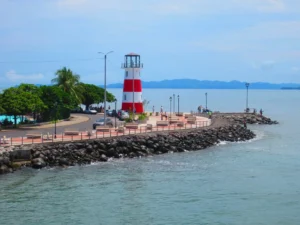
Puntarenas Lighthouse: history, economic impact, and its legacy as an iconic symbol of Costa Rica's Pacific coast.
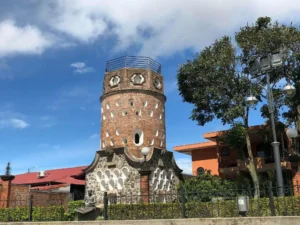
Fortín de Heredia, an emblematic Costa Rican fortification that symbolizes vigilance, defense, and community commitment.
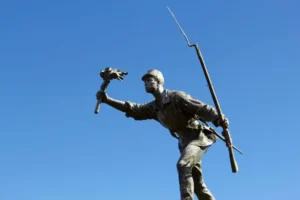
How drummer Juan Santamaría became Costa Rica's hero by burning Walker's fortress in 1856. Explore his legacy today.

Does your mom have a special quote? Share it and win a prize at Ponderosa. Let's honor her love this Mother's Day! 💖
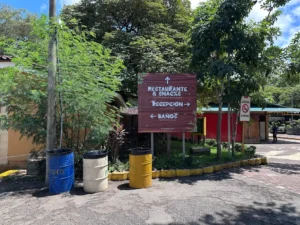
Ponderosa in Costa Rica strengthens its environmental commitment by collecting and delivering 170 kilos of recycling to the Municipality of Liberia.

The National Theatre of Costa Rica: history, neoclassical architecture, and cultural programming that make it a heritage symbol of the nation.

Puntarenas Lighthouse: history, economic impact, and its legacy as an iconic symbol of Costa Rica's Pacific coast.

Fortín de Heredia, an emblematic Costa Rican fortification that symbolizes vigilance, defense, and community commitment.

How drummer Juan Santamaría became Costa Rica's hero by burning Walker's fortress in 1856. Explore his legacy today.

⏱️40 Minutes | 💦Guaranteed Fun | 👪 Family Activity
Fluye con la corriente en el Lazy River Float de Ponderosa.
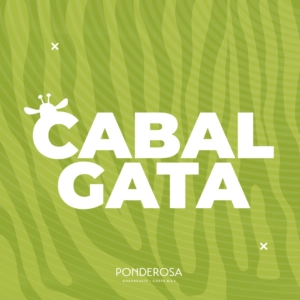
⏱️1 Hour | 🏇 Horseback Riding | 👪 Family
Conéctate con la naturaleza en la cabalgata de Ponderosa. Un recorrido a

⏱️1-2 Hour | 🚜 Guided Tour | 👪 Family Activity
Disfruta de una aventura inolvidable en el Safari Tour de
To provide the best experiences, we and our partners use technologies like cookies to store and/or access device information. Consenting to these technologies will allow us and our partners to process personal data such as browsing behavior or unique IDs on this site and show (non-) personalized ads. Not consenting or withdrawing consent, may adversely affect certain features and functions.
Click below to consent to the above or make granular choices. Your choices will be applied to this site only. You can change your settings at any time, including withdrawing your consent, by using the toggles on the Cookie Policy, or by clicking on the manage consent button at the bottom of the screen.
Utilizamos tecnologías como las cookies para almacenar y/o acceder a la información del dispositivo. Lo hacemos para mejorar la experiencia de navegación y para mostrar (no-) anuncios personalizados. El consentimiento a estas tecnologías nos permitirá procesar datos como el comportamiento de navegación o los ID's únicos en este sitio. No consentir o retirar el consentimiento, puede afectar negativamente a ciertas características y funciones.